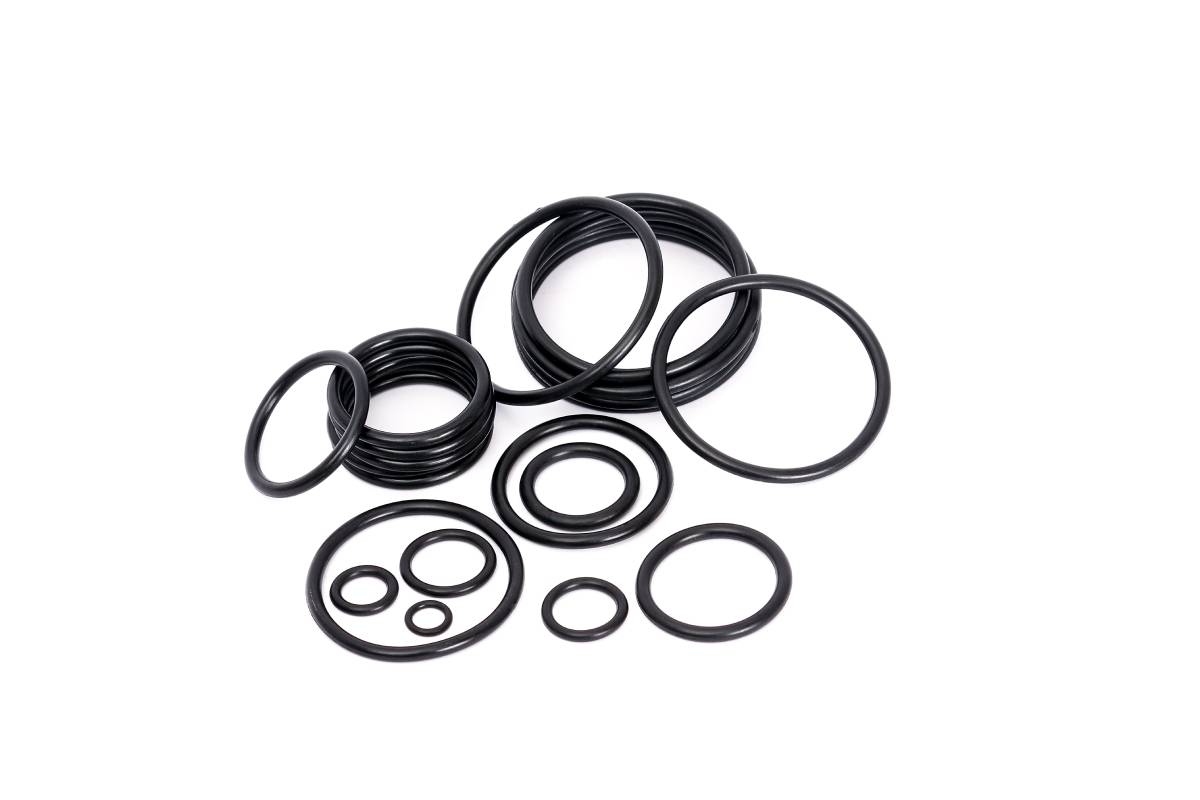
04 Sep How to Choose the Right Custom O-Rings For Your Needs
You might not think much about the small rubber rings that keep your equipment running smoothly, but selecting the right O-ring material makes all the difference in performance and reliability. These seemingly simple components actually require careful consideration of your specific operating conditions.
Think about your equipment’s working environment. Does it operate in extreme heat like industrial ovens, or freezing conditions like refrigeration systems? Each temperature range requires different materials. Or, if your equipment handles chemicals or oils, you need materials that won’t break down when exposed to these substances.
At I.B. Moore Manufacturing, we’ve helped countless businesses find the perfect material match for their applications. When you get the selection right, your equipment runs reliably for years.
Custom O-Rings and Material Selection
Finding the right material is like matching a key to a lock; it either works perfectly or not at all. Every O-ring material has strengths and weaknesses, so you must match those characteristics with your equipment’s needs. While technical charts can point you in the right direction, our experience and real-world testing mean we know how materials truly perform in specific conditions.
Temperature makes a huge difference in how these materials behave. Some rubber compounds work well in heat and stay flexible even in furnace-like conditions, while others work best in the cold, where other materials would crack. Knowing which to choose can mean the difference between equipment that runs smoothly for years versus seals that fail after just a few months.
The hardness of the O-ring material also plays a central role. Softer ones are more forgiving, can squeeze into small imperfections, and can create a good seal even when surfaces aren’t perfect. But put them under high pressure, and they might squeeze out of place. Harder materials stay put under pressure but demand more precision in the equipment’s design and manufacturing.
O-Ring Groove Design and O-Rings
When an O-ring groove design is the wrong size or shape, your seal won’t sit properly and do its job. The appropriate width and depth make the O-ring compress enough to seal, and it won’t fail or pop out of place. And while many applications do well with standard groove designs, others require custom dimensions.
The recommended groove design also depends on whether parts move or stay still. Fixed connections like pipe flanges need different specifications than rotating shafts or sliding pistons. Don’t overlook surface details; rough machining marks can damage O-rings during installation, and sharp groove corners create weak spots where seals can fail.
O-Ring Materials and O-Rings Performance
Standard O-rings made from basic rubber compounds work fine for many general applications, but we also use these materials in our custom O-ring kits.
PTFE (Teflon) O-Rings
PTFE O-rings resist nearly all chemicals, including acids and solvents, while operating from -320°F to 500°F. They reduce friction, extend equipment life, and suit extreme environments. Since PTFE is stiffer than rubber, a precise groove design is essential to prevent extrusion under high pressure in demanding applications.
Nitrile Rubber O-Rings
Nitrile O-rings are ideal for oil, fuel, and hydraulic fluid applications, performing well from -40°F to 250°F. Known for affordability and reliability, they balance cost and durability. That’s why they’re widely used in automotive, industrial, and machinery systems where oil and fuel resistance is critical for consistent performance.
Viton® O-Rings
Viton® O-rings excel in high-heat and harsh chemical environments, remaining flexible up to 400°F. Resistant to acids, solvents, and aggressive chemicals, we use them in custom O-ring seals for aerospace, chemical plant, and performance automotive system clients. Though the price point is higher, Viton® saves money in the long term via exceptional durability and performance.
EPDM O-Rings
EPDM O-rings perform best in outdoor and water-based systems, resisting weather, ozone, and UV damage. They work well with water, steam, and antifreeze, making them suitable for cooling systems and outdoor equipment. With a -65°F to 300°F range and strong electrical insulation, EPDM is ideal for environmental and moisture-prone applications.
FFKM O-Rings
FFKM O-rings deliver unmatched chemical resistance and withstand temperatures up to 600°F. Combining PTFE’s durability with rubber’s flexibility, we pair them with semiconductor manufacturing, aerospace, and other critical operations. Their superior reliability prevents costly downtime, making FFKM the best choice for industries requiring maximum performance in extreme environments.
Solve Your Toughest Sealing Challenges with Custom O-Rings From I.B. Moore
I.B. Moore Manufacturing delivers engineered sealing solutions that outperform standard options in the most demanding applications. Our experts combine advanced materials knowledge with precision manufacturing to create custom O-ring kits that will exceed your performance expectations and operational requirements. Contact us in Lexington, KY, for nationwide service.
